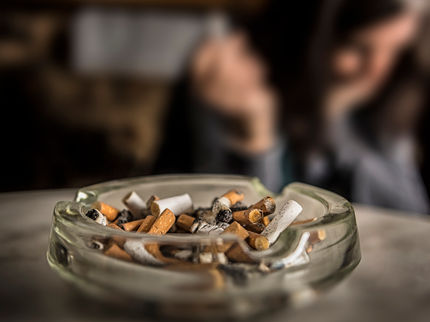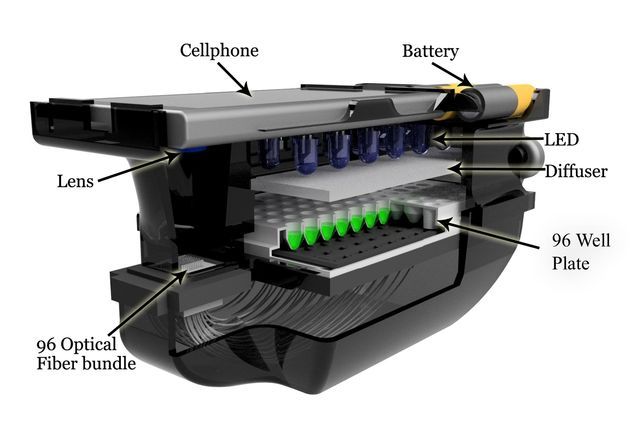Tobacco constituent extraction from snus during consumer use
Scientists at British American tobacco have used a multi-analyte approach to determine the level of exposure to tobacco constituents of snus users. The results show that, generally, less than a third of each constituent measured was extracted by consumers during use.
Snus is a moist snuff that is placed under the upper lip. Epidemiological evidence, particularly from Sweden, suggests that snus use is substantially less hazardous than cigarette smoking because it is not associated with increased risks of lung cancer, oral cancer and chronic obstructive pulmonary disease.
In this study, reported in Chemistry Central Journal, the constituents tested included nicotine, four tobacco-specific nitrosamines (TSNAs), propylene glycol, water, ammonium, nitrate, sodium, chloride, linalool, citronellol, linalyl acetate and geraniol. The researchers found that, generally, less than a third of each constituent was extracted by consumers during use.
'As well as being the first detailed description of methodology for extracting and quantifying such a range of analytes, the findings from this study give us an idea of the real-life exposure of consumers to snus constituents,' says Nathan Gale, a researcher at British American Tobacco Group Research & Development.
A multi-analyte approach was used, which involves concurrently extracting various tobacco constituents from the same snus pouch using methanol, ethanol and water. The technique, which was validated by comparing the data obtained this way with data obtained from the corresponding established single-analyte methods, was applied to a pilot study of users of Swedish pouched snus. The levels of constituents in snus pouches were determined before and after one hour of use by participants – previous research has shown that the median residence time in the mouth is one hour.
The UK Royal College of Physicians has concluded that different categories of smokeless tobacco products (STPs) pose varying levels of risk to their users in line with their toxicant content. However, the findings from this research show that the toxicant content of STPs may not reflect what is actually ingested by consumers.
The results provide reference data for the development of a laboratory system that mimics the real-life extraction of tobacco constituents from snus. Such a system would be a cheaper and more efficient alternative to human studies.
In addition, the results show that exposure to snus constituents by consumers is a variable process. The researchers suggest that uptake may be affected by composition and amount of saliva, pressure and movement applied to the pouch during use, and different physiological characteristics of participants.
The next step is to apply the multi-analyte approach to different types of snus, in order to understand the effects of, for example, pouch size and water content. Further work is also needed to understand the importance of usage time, solubility of constituents in saliva, and real-life factors like consuming beverages or food while using snus.
Organizations
Other news from the department science

Get the life science industry in your inbox
By submitting this form you agree that LUMITOS AG will send you the newsletter(s) selected above by email. Your data will not be passed on to third parties. Your data will be stored and processed in accordance with our data protection regulations. LUMITOS may contact you by email for the purpose of advertising or market and opinion surveys. You can revoke your consent at any time without giving reasons to LUMITOS AG, Ernst-Augustin-Str. 2, 12489 Berlin, Germany or by e-mail at revoke@lumitos.com with effect for the future. In addition, each email contains a link to unsubscribe from the corresponding newsletter.























































